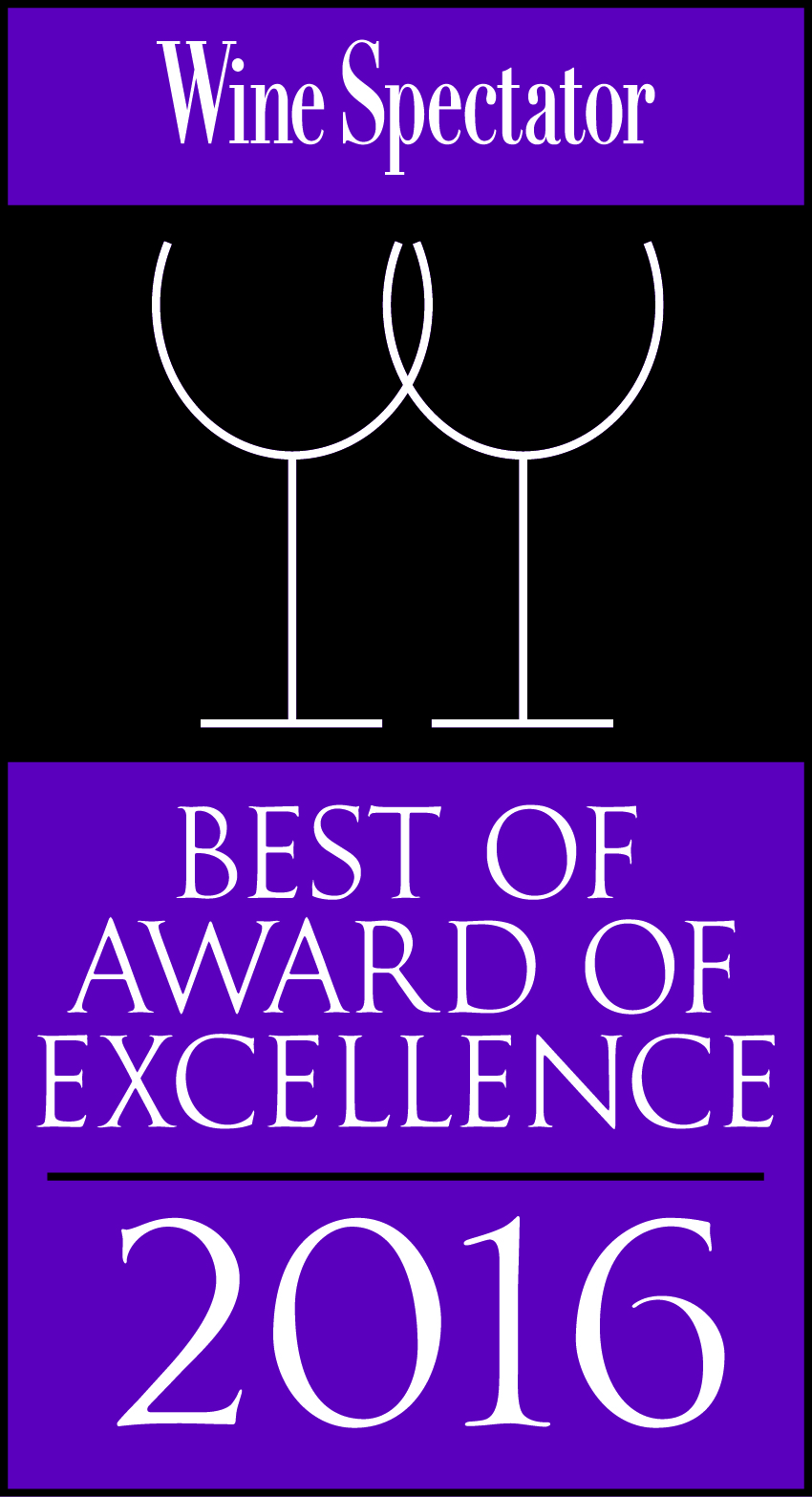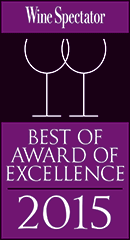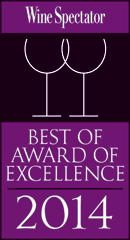The Australian kangaroo industry estimates that it exports kangaroo meat to more than 55 countries
The kangaroo is one of Australia’s most iconic animals, and most species are endemic to Australia. There are over 60 different species of kangaroo and their close relatives, with all kangaroos belonging to the super family Macropodoidea (or macropods, meaning ‘great-footed’). The super family is divided into the Macropodidae and the Potoroidae families.
The Macropodidae (macropod) family includes kangaroos, wallabies, wallaroos, pademelons, tree-kangaroos and forest wallabies. Species in the macropod family vary greatly in size and weight, ranging from 0.5 kilograms to 90 kilograms. The Potoroinae (potoroid) family of kangaroos includes the potoroo, bettong and rat-kangaroo, which live only in Australia.
Kangaroos of different types live in all areas of Australia, from cold-climate areas and desert plains, to tropical rainforests and beaches.
Life and habitat
Kangaroos are herbivorous, eating a range of plants and, in some cases, fungi. Most are nocturnal but some are active in the early morning and late afternoon. Different kangaroo species live in a variety of habitats. Potoroids, for example, make nests while tree-kangaroos live above ground in trees. Larger species of kangaroo tend to shelter under trees or in caves and rock clefts.
Kangaroos of all sizes have one thing in common: powerful back legs with long feet. Most kangaroos live on the ground and are distinguished from other animals by the way they hop on their strong back legs. A kangaroo’s tail is used to balance while hopping and as a fifth limb when moving slowly.
All female kangaroos have front-opening pouches that contain four teats. This is where the ‘joey’, or young kangaroo, is raised until it can survive outside the pouch.
Most kangaroos have no set breeding cycle and are able to breed all year round. Because they are such prolific breeders, a kangaroo population can increase fourfold in five years if it has continuous access to plentiful food and water.
Kangaroo management and use
Kangaroos have long been important to the survival of Australia’s Indigenous peoples, who have hunted kangaroos for tens of thousands of years for both the meat and the skins. When Europeans arrived in Australia in the late eighteenth century, they too hunted kangaroos for survival.
Kangaroos continue to be used as a resource, but only under strict government controls. All Australian states and territories have legislation to protect kangaroos. Only the four most abundant species of kangaroo and small numbers of two common wallaby species can be commercially harvested for export, and then only by licensed hunters in accordance with an approved management plan. These species are the Red kangaroo, Eastern grey kangaroo, Western grey kangaroo, Common Wallaroo (Euro), Bennetts wallaby and Pademelon (a type of wallaby).
Kangaroo harvesting and the environment
The Australian rangeland environment is fragile and easily degraded. Kangaroos have evolved as part of the Australian ecosystem and, with their soft feet, cause no environmental degradation at natural population levels. However, kangaroo populations have increased dramatically since European settlement in these areas due to the introduction of European farming methods and, for this reason, carefully controlled harvesting is required.
Kangaroo harvesting is carried out under the strict environmental controls provided by the Australian Government’s Environment Protection and Biodiversity Conservation Act 1999. The commercial harvesting of widespread and abundant kangaroo species contributes to the sustainability of the Australian environment.
The four species of kangaroo that are commercially harvested have very large populations. None is threatened or endangered. The Red kangaroo, Eastern grey kangaroo and Western grey kangaroo are the most abundant species and make up over 90 per cent of the commercial harvest. Their combined population size has fluctuated between 15 and 50 million animals over the past 25 years in the harvested areas, depending on seasonal conditions.
The harvesting of kangaroos is permitted on a quota basis that is reviewed annually and independent of market demand. Quotas are set on the basis of population size and trends, and long-term climate predictions. Conservation of the species remains the foremost consideration. This approach ensures that the harvesting of kangaroos is managed in an ecologically sustainable way.
There is no farming of kangaroos in Australia. Kangaroos are harvested in the wild by licensed hunters.
The kangaroo industry
Australia’s kangaroo industry began exporting kangaroo meat to Europe in 1959 in response to interest from the European game meat industry. Today kangaroo meat and skins are exported all over the world.
The live export of kangaroos is prohibited under the Environment Protection and Biodiversity Conservation Act. There are a few exceptions where the purpose is noncommercial, such as inter-zoo exchanges.
Where kangaroos are taken for commercial use, they must be killed by a licensed, fully trained hunter. An Australian Senate Select Committee on animal welfare, after an extensive investigation, concluded that: ‘There is no doubt that the shooting of kangaroos by professional shooters is the most humane way of killing kangaroos’.
Animal welfare considerations are a priority of the Environment Protection and Biodiversity Conservation Act. Kangaroo harvesting and processing is subject to strict regulations and all hunters face penalties if they do not abide by the National Code of Practice for the Humane Killing of Kangaroos. Compliance with the Code is a licence condition for commercial shooters in all states.
Kangaroo products processed for export, including meat, must undergo inspection by Australian Quarantine and Inspection Service (AQIS) officials. A breach of government regulations relating to the export of kangaroo meat may lead to fines of up to $250 000 or imprisonment of up to ten years or both.
Kangaroo meat
The Australian kangaroo industry estimates that it exports kangaroo meat to more than 55 countries. Kangaroo meat is increasingly popular and export markets are expected to increase since kangaroo is considered one of the finest game meats. Its growing appeal stems from its well-flavoured, slightly gamey taste. Kangaroo meat contains very little saturated fat relative to other meats and is high in protein, zinc and iron.
The European Union and Russia are the most significant markets with the USA and Asia becoming increasingly important. All kangaroo meat processed for export undergoes strict inspection by the Australian Quarantine and Inspection Service to ensure that it is fit for human consumption.
In addition, all kangaroo meat processing plants must have a certificate of registration and are examined and certified in accordance with the strict requirements of importing countries.
Kangaroo furs, skins and leather
Kangaroo skins and furs are exported to a large number of markets in Europe, the USA and Asia.
Kangaroo skins are exported in different stages of treatment: salted, pickled (semi-processed) and tanned. Like all kangaroo exports, these products are strictly sourced from only the six most abundant species outlined above.
Some kangaroo skins are traded as furs, while others are sold for the leather.
Although pickled skins generate the most export earnings of all kangaroo skins and furs, there is a growing export trade in finished kangaroo leather. Kangaroo skin is renowned for being very strong, yet light in weight. It is ideal for use in the manufacture of high-quality leather goods, including footwear. Because of kangaroo leather’s high tensile strength, it is also suitable for the manufacture of sporting footwear.
While only a limited number of kangaroos of certain species may be harvested, a full range of high-quality kangaroo products is available for international markets.
Are these articles useful for enhancing your wine and dine experience in the Philippines. Do they also help you with travel, leisure, vacation, dining out, nightlife and other leisure activities plans in Philippines? Yats Restaurant hopes to provide you with ample information so you can plan your trips to Pampanga Angeles City Clark Freeport Zone whether you are travelling from Manila or other Asian countries such as Hong Kong, Shanghai, Singapore, Malaysia or Korea.
Restaurant reservations in Philippines, planning of menu, selection of wine for dinner and booking a private function and event in Angeles City Clark Freeport Zone can all be handled. Yats Restaurant and Wine Bar has been regarded by many to be the premier restaurant north of Manila Philippines. Its 3000-line award-winning restaurant wine list has kept many wine lovers happy dining in this restaurant in Angeles City Clark Philippines for over a decade.
Yats Restaurant and Wine Bar was built by Hong Kong-based Yats International in 2000 to provide a world-class fine dining restaurant, business meeting facilities and venues for private dinners and functions in Pampanga Angeles City Clark Freeport Zone. Pampanga Angeles City Clark Philippines was selected for this restaurant because of safety, clean air, absence of traffic and proximity to Manila and Subic.
For comments, inquiries and reservations, email Restaurant@Yats-International.com or call these numbers:
(045) 599-5600 0922-870-5178 0917-520-4401 ask for Ernest or Pedro.
Getting to this fine dining restaurant of Angeles City Clark Freeport Zone Pampanga Philippines
How to get to this fine-dining restaurant in Clark Philippines? Once you get to Clark Freeport, go straight until you hit Mimosa. After you enter Mimosa, stay on the left on Mimosa Drive, go past the Holiday Inn and Yats Restaurant (green top, independent 1-storey structure) is on your left. Just past the Yats Restaurant is the London Pub.
Source: http://www.dfat.gov.au/facts/kangaroos.html











